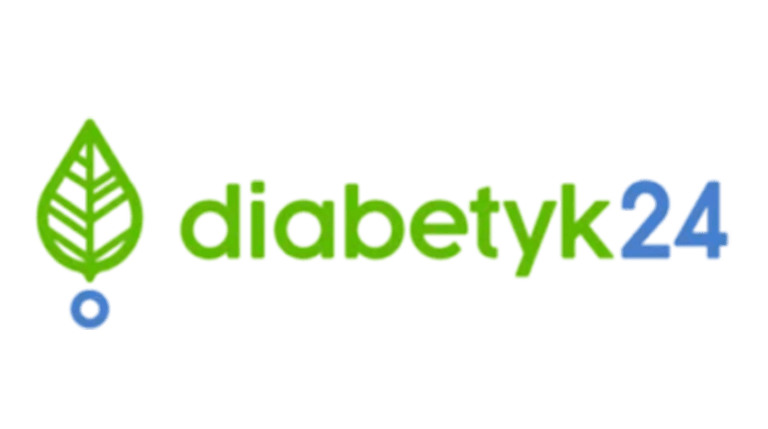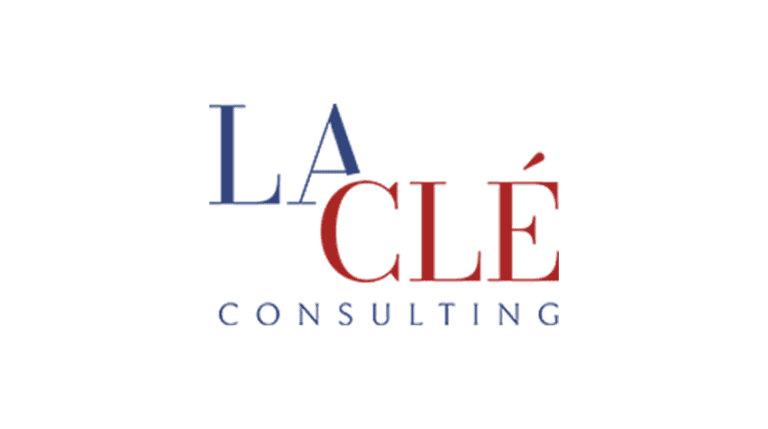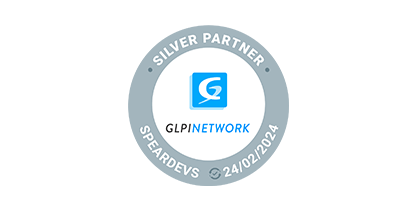Website accessibility is about making websites usable by as many people as possible. It includes people with different disabilities.
Sounds complicated? It’s actually about creating a more welcoming and user-friendly experience for all.
In this article, we will show you how to make your website easy to use for everyone.
What is website accessibility?
Let’s start with an example. Imagine you run a stationary shop. You want everyone to access it without problems, so you can build ramps and wheelchair entrances.
It’s similar when it comes to websites. You want everyone to get in and enjoy the experience. This can include people who:
- Have vision problems and use screen readers
- Have difficulty using a mouse and rely on keyboards
- Are colorblind
- Have learning disabilities
Key principles of website accessibility
The Web Content Accessibility Guidelines (WCAG) define four key principles for website accessibility:
- Perceivable:
All information and user interface components must be perceivable by users. This means using clear graphics, providing alternative text for images, and ensuring adequate color contrast. - Operable:
Users should be able to interact with all website features using a variety of input methods, such as a mouse, keyboard, or screen reader. - Understandable:
Content should be clear and easy to understand, with proper use of language and structure. - Robust:
Websites should be compatible with a wide range of assistive technologies used by people with disabilities.
By making your website accessible, you’re opening the door to a wider audience. What’s more, you make sure everyone has a smooth and enjoyable experience.
Key accessibility features
Now, let’s explore the key features that act as previously mentioned ramps, making your website user-friendly for everyone.
Here are some key features that make a big difference:
User-friendly links
Instead of using long, cryptic URLs, use descriptive text that clearly indicates the content of the linked page.
💡 For example, instead of using https://example.com/1234567890, use https://example.com/blog-post-about-bees.
Appropriate colors and warnings
For people with visual impairments, clear color contrast between text and background makes a world of difference.
Use high-contrast colors and clear visual indicators to make important information stand out.
💡For example, use a red box with an “X” icon to indicate an error. Additionally, provide a high-contrast mode option for users with visual impairments.
Font size adjustability
Large print for those who need it!
Allow users to increase the font size of text to make it easier to read.
💡You can do it by using relative units (such as em) instead of absolute units (such as px) to define font sizes.
Keyboard navigation
Ensure that all website functionality can be accessed using a keyboard only. This is important for users who cannot use a mouse or trackpad.
Semantic markup
Use semantic HTML elements to convey the meaning and structure of content. This helps assistive technologies understand the content of the page and navigate it.
Alternative text for images
Not everyone can see the pictures on your website.
💡Provide descriptive alternative text for all images. This allows users who cannot see images to understand the content of the image.
Accessible forms
Ensure that all form elements are accessible to users with assistive technologies.
💡 This includes using clear and descriptive labels for form fields and error messages.
Avoid flashing content
Avoid using flashing or blinking content, as this can trigger seizures in people with photosensitive epilepsy.
Video transcripts
Provide transcripts for all videos. This allows users who cannot hear audio to understand the content of the video.
Benefits of accessibility
Making your website accessible isn’t just “the right thing to do”. There are many benefits for your business:
- Increased user base
By making your website accessible, you can reach a wider audience of potential customers. - Improved user experience
Accessible websites are easier to use for everyone, not just people with disabilities. - Increased brand reputation
Making your website accessible shows that you care about your customers and their needs. - Boost in SEO
Search engines love accessible websites. By making your site accessible, you can improve your ranking in search results, - Reduced legal risk
In many countries, there are laws that require websites to be accessible. Building one can help you avoid potential legal issues.
“Adapting websites for people with disabilities is as necessary as adapting our buildings for people with disabilities. You can’t skip simple steps to improve accessibility just because someone doesn’t want to describe the photo in alternative text. Everyone deserves to use the Internet in an unrestricted way, especially since in 2024 we have the opportunity to improve accessibility for all users at our fingertips.”
Maksymilian Skórnóg
Best practices for e-commerce: Shopping accessible for all
E-commerce websites have a unique set of considerations when it comes to accessibility.
Here are some best practices for making e-commerce websites accessible:
Descriptive product page
Think of clear product labels in a store. In e-commerce, it means using detailed descriptions that include product features, materials, and any accessibility considerations (e.g., non-slip grip for utensils).
Accessible search and filtering
Make search functions clear and accessible. Allow users to filter products by various criteria using keyboard navigation or screen readers.
Accessible payment options
Ensure a smooth checkout experience with clear instructions. It should be compatible with assistive technologies for screen readers and keyboard users.
Error messages in plain language
Use clear and simple language for error messages, providing guidance on how to fix any issues encountered during checkout.
Accessible shopping cart
The shopping cart should provide users with clear information about each item, allowing for easy addition, removal, and quantity adjustments using a keyboard or screen reader.
Summary
Accessibility is a win-win situation. Building accessible websites benefits everyone. It creates a more inclusive online space, improves user experience for all, and can even boost your website’s ranking and brand reputation.
GET IN TOUCH
Need help with your website accessibility?
Let’s get started on building websites that work for everyone!
FAQ
What is website accessibility?
Website accessibility means designing and developing websites that everyone can use easily, regardless of their abilities. This includes people with disabilities such as:
- Visual impairments (blindness, low vision)
- Hearing impairments (deafness, hard of hearing)
- Mobility impairments (difficulty using a mouse or keyboard)
- Cognitive disabilities (learning disabilities, dyslexia)
What are the 4 principles of web accessibility?
The Web Content Accessibility Guidelines (WCAG) define four key principles for website accessibility:
- Perceivable
- Operable
- Understandable
- Robust
How do I make my website accessible?
There are many ways to improve your website’s accessibility. Here are some key steps:
- Avoid jargon and technical terms.
- Describe the content of each image.
- The text should be easily readable against the background.
- Make text zooming possible.
- Use headings, paragraphs, and other elements appropriately.
- Users should be able to navigate using only the keyboard.
- Test your website with assistive technologies
What are the 3 website accessibility standards?
There are no single “standards” for website accessibility. However, the WCAG is the internationally recognized guideline for web accessibility developed by the World Wide Web Consortium (W3C). WCAG outlines different levels of accessibility compliance (A, AA, AAA).
How do I know if my website is accessible?
Several tools and services can help you assess your website’s accessibility. There are free online checkers like WAVE Web Accessibility Evaluation Tool.
Does my website need to be accessible?
In many countries, some laws and regulations require websites to be accessible. Accessibility is simply good practice for creating a user-friendly online experience for everyone.























